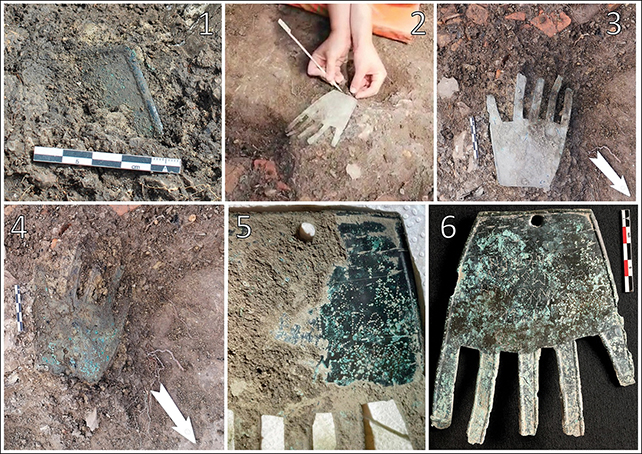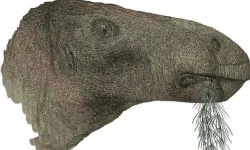A new study suggests that this ancient inscription is related to ancient Paleohispanic languages and may be part of the language that evolved into Basque in modern-day Spain.
It is known that a tribe called the Vascones lived in the area at the time the hand was made.
This tribe left behind very little in the way of writing samples.
"Detailed linguistic analysis shows that the writing represents a Paleohispanic graphic subsystem that shares its roots with modern Basque and constitutes the first example of Vascon epigraphy," the researchers said in their published paper.

The orientation of the writing, the position of the small hole in the object and the location of its discovery suggest that it could have been hung over the entrance of a building.
According to the researchers, it is possible that the hand had some kind of ritual or cultural significance.
Several Iron Age artifacts depicting the back of an open right hand have been discovered in the Vasconic and Iberian regions, and it bears an interesting resemblance to a more realistic artifact from a similar time period found in Yemen.













